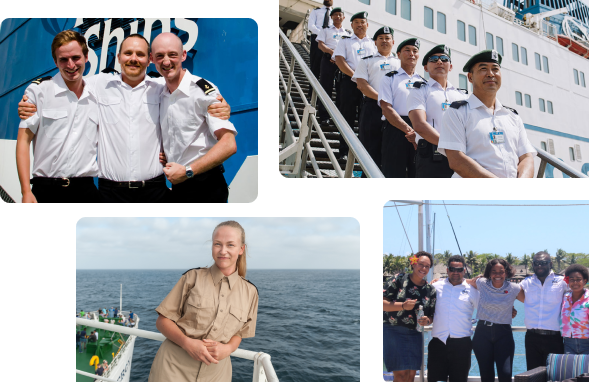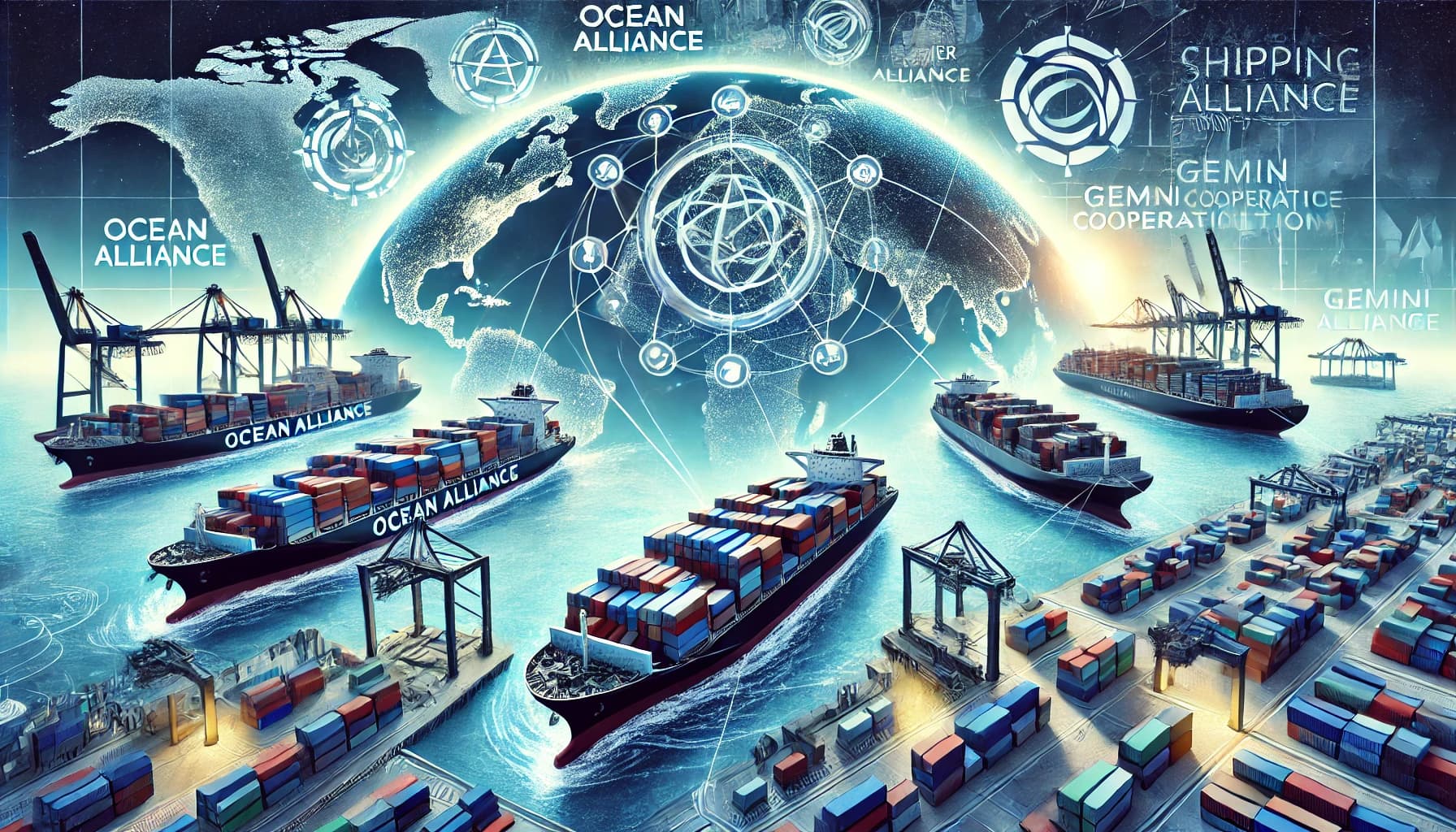Ever wanted to find out more about tugboats? You’ve come to the right blog post! Tugs are small, powerful vessels that perform a number of tasks - specifically the towing or pushing of much bigger ships, including cargo and container ships, bulk carriers, chemical tankers and even cruise ships. The point of this is to assist in mooring or berthing operations by helping to maneuver the larger vessel into and out of a port.
One of a series of articles about different types of vessels, this post aims to tell you everything you ever wanted to know about tugboats - and possibly even some things you didn’t!
The history of tugboats
First of all, let’s take a quick look at the history of tug boats.
The first tugboat was named the Charlotte Dundas and she was used to assist vessels on Scotland’s Forth and Clyde Canal. The patent for the tug was created by, the appropriately named, Jonathan Hulls in 1736 in England. The boat was powered by a paddle wheel and a Newcomen steam engine.
Read more: Everything You Need to Know About Lightships
It wasn’t until approximately 1850 that screw propulsion for tugs was introduced in the USA with diesel engines following some 50 years later.
What are tugboats used for?
Classed as a secondary or offshore vessel, as well as helping their larger counterparts dock and undock, tugboats are also used to provide essential supplies to bigger ships - for example water.
Tugboats can also be employed as rescue or salvage boats and icebreaker ships and some may be equipped with fire fighting equipment so that they can act as a fireboat and deployed to assist in emergencies.
Tugs can also be used to propel or pull vessels that are unable to move under their own power, such as disabled vessels - a ship that is found to be unseaworthy, unsafe or inefficient - as well as barges and even oil rigs or platforms.
ARE YOU LOOKING FOR JOBS ON TUGBOATS? VIEW MARTIDE’S TUGBOAT JOBS NOW!
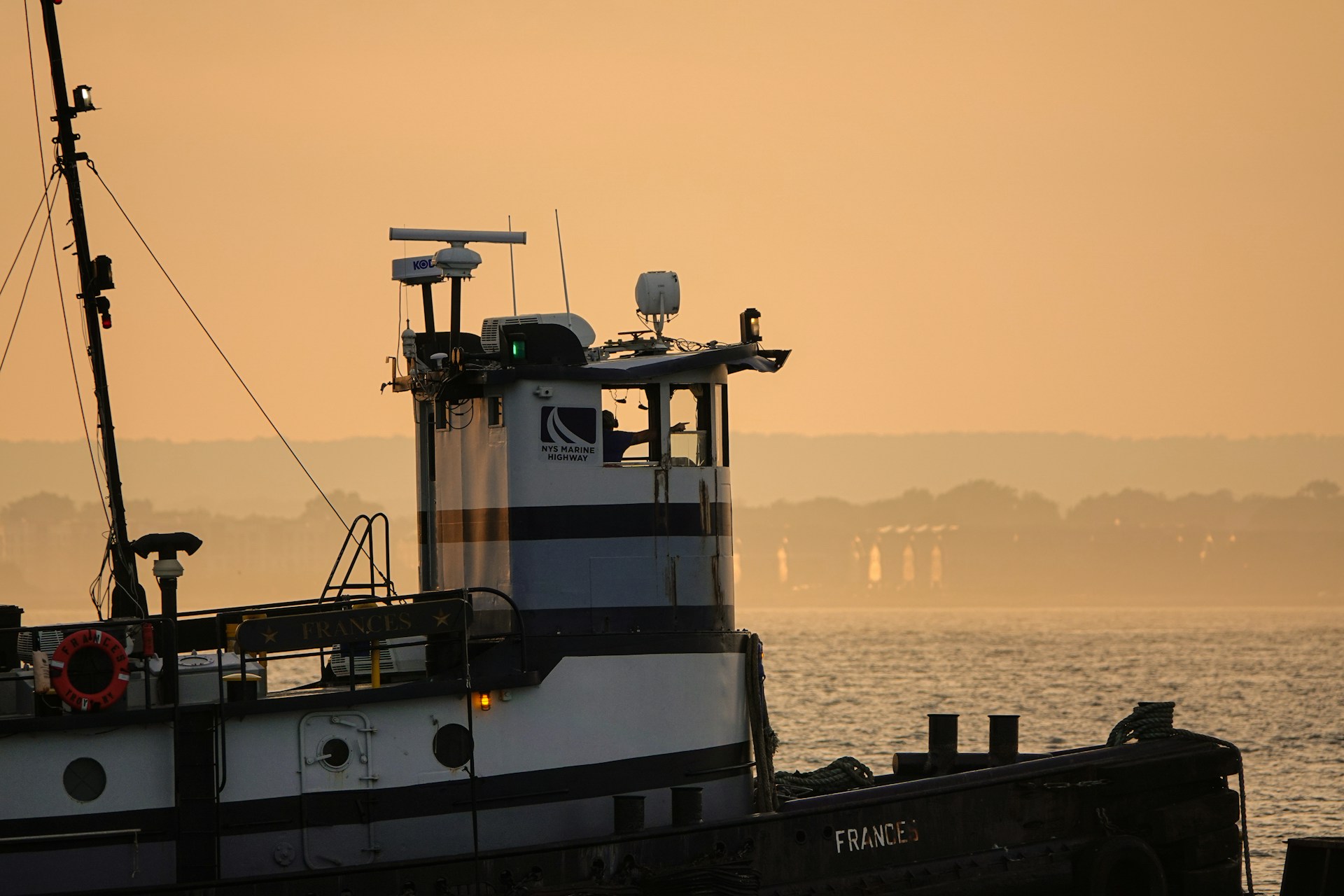
How do tugboats work and what makes them so powerful?
The two questions most often asked about tugs are “how can tugboats pull so much?” and “What makes a tug boat so powerful?” The secret to the little tugboat’s mighty strength is their propulsion system and engines which give them their thrust. The average tug is equipped with a 680 to 3400 horsepower engine. If kilowatts are more your things, that’s equivalent to 500 to 2500 kW.
However, there are bigger tugboats which are used in deeper waters and out at sea that have engines that can reach almost 27,200 hp, or 20,000 kW.
Read more: Everything You Need to Know About Dredgers
Unlike bigger commercial vessels, a tug’s engine drives the propeller as opposed to converting the output to an electric motor supply. Tugs have two towing locations as well as two rotating azimuth units for propulsion.
As to why tugboats push instead of pull ships, this is purely down to physics: pushing rather than pulling is easier and consumes less energy when you factor in the engine power and the water resistance. Spending on the type of tug, they will push or pull the vessel either through direct contact or using a towline.
Tugboats also have a proportionally lower draft than larger vessels. Draft being the depth of a loaded ship in the water with the measurement taken from the level of the waterline to the lowest point of the hull. They also have a wider beam or breadth.
These two things combined give them their stability which, when combined with their strength, allow them to efficiently push and pull much bigger ships.
But as vessels, ranging from container feeder ships to oil tankers grow increasingly more sophisticated, how is it possible that modern watercraft are unable to maneuver themselves effectively?
That’s despite the fact that these ships and tankers are relatively easily maneuverable on the ocean and they can move forwards and backwards, they still have difficulty making smaller movements and moving sideways - which docking and undocking a vessel requires, particularly when entering or exiting a busy port or narrow waterway.
Read more: Everything You Need to Know About Crane Vessels
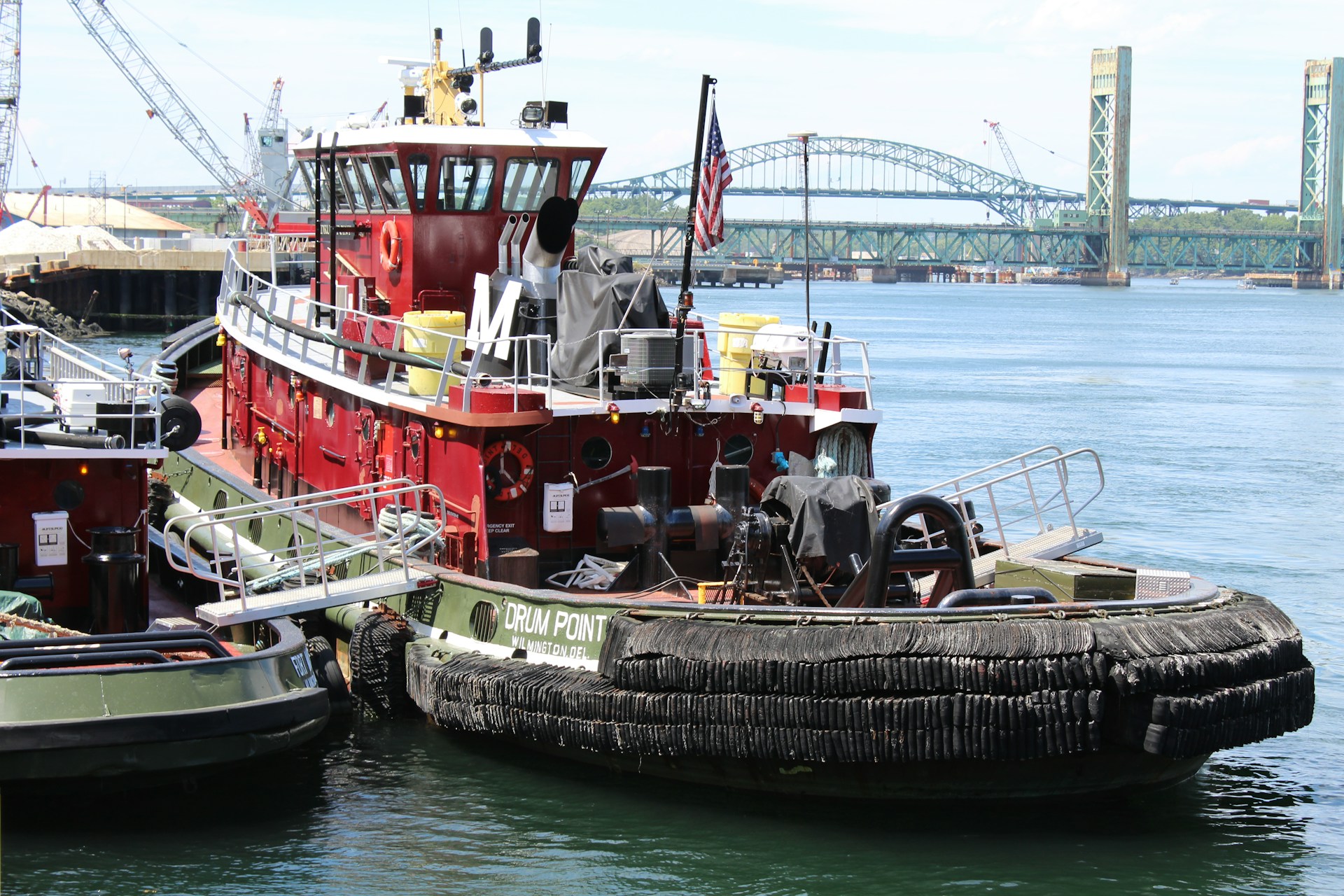
Do tugboats pull or push?
Tugboats can both push and pull, depending on the situation and the type of tugboat. Here’s a brief overview:
Pulling (Towing)
Traditionally, tugboats are known for their ability to pull larger vessels by towing them. This is often done in open waters where the tugboat attaches a tow line to the larger ship and pulls it.
Pushing
Many modern tugboats, especially harbor tugs, are designed to push vessels. These tug boat designs have reinforced bows or sides to make contact with the larger vessel and push it into position. This is commonly seen when maneuvering ships in confined spaces like harbors, docks, and canals.
Combination (Push-Pull)
Some tugboats are versatile and can perform both functions. They may have specialized equipment and design features, such as rotating thrusters, that allow them to switch between pushing and pulling as needed.
The method used depends on factors such as the size and type of the vessel being assisted, the waterway’s characteristics, and the specific maneuvering requirements.
Other quick tugboat facts
- Many tugboats can also travel further out of port and out onto the ocean
- Others, however, are designed for river and canal use only - the shape of the hull being the deciding factor
- Tugboats carry a crew of anywhere between three to ten or more crew members
- Increasingly, hybrid technology tugs or tugboats that run on LNG (liquid natural gas) are being used as a more eco-friendly alternative
ARE YOU LOOKING FOR JOBS ON TUGBOATS? VIEW MARTIDE’S TUGBOAT JOBS NOW!
What makes an efficient tugboat?
Whether it’s helping a ro-ro vessel or car carrier navigate a crowded port, a heavy lift vessel or a gas carrier dock, or a passenger ferry navigate a narrow river or canal, tugboats need to meet a certain criteria if they are to be successful.
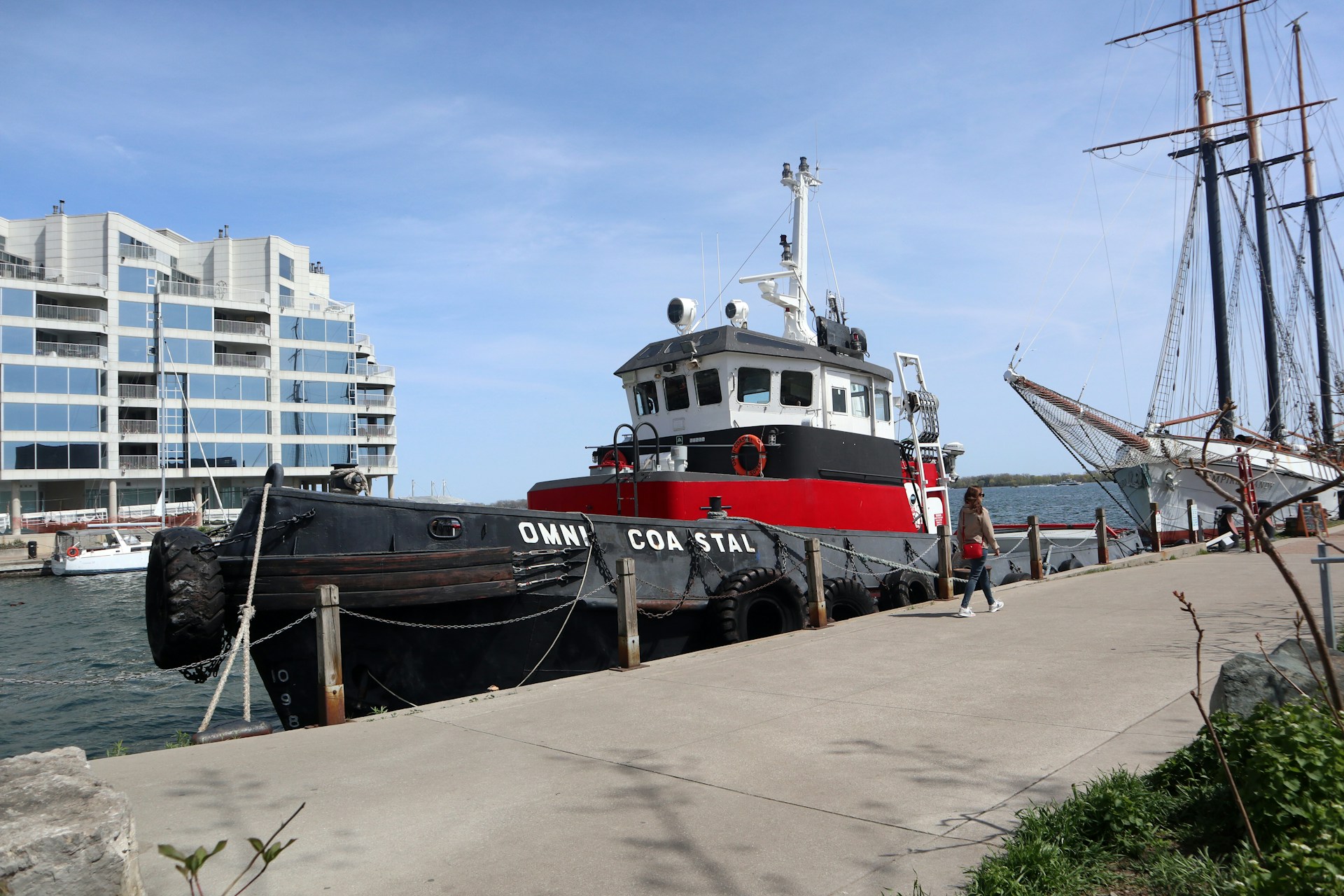
These are the most important characteristics of an efficient tug.
- Maneuverability - tugboats need to be nimble and adaptable and able to change direction quickly.
- Precision - tugs need to be able to perform precise maneuvers.
- Agility - tugboats need to be able to navigate their way around tight spaces under any weather condition
- Strength - it goes without saying that tugs need to have an engine that can generate enough thrust and be powerful enough to be able to push or pull the larger vessel
Different types of tugboat design
When it comes to tug boat design, broadly speaking, tugboats are split into three different types:
- Azimuth Stern Drive (ASD) tugboats
- Conventional tugboats
- Tractor tugboats
What is an Azimuth Stern Drive tugboat?
An Azimuth Stern Drive (ASD) tug is a kind of cross between a conventional tug and a tractor tug and shares the benefits of both. ASD’s normally have two towing locations - one forward and one amidships and as the name suggests, main propulsion is provided by two rotating azimuth units.
Read more: Everything You Need to Know About Supramax Vessels
An Azimuth Stern Drive tug is considered to be more efficient than a conventional tug, although less efficient than a tractor tugboat. Other advantages include increased stability when moving at high speeds. Their maximum heel with side thrust is below 15 degrees, this is in contrast to a tractor tug’s 21 degree max heel..
ASDs also have a hull that is designed to operate more safely and efficiently in open seas as well as an average shallower draft of around 3 meters. It is also easy to remove the azimuth units when repair or maintenance is required.
On the flip side, Azimuth Stern Drive tugs can be more cumbersome than tractor tugboats and their control systems can be complex. ASDs can be sensitive to capsizing when utilizing the aft towing position and the vast majority of them are only able to tow using a forward position.
What is a Conventional tugboat?
The oldest model of tugboat, Conventional tugs are built on the earliest principle of tugboat design. These days, however, paddle and steam propulsion are a thing of the past, with these most common of tugs using diesel power and either one, two or three fixed screw propellers.

Tugs that have a single propeller are split into two classes: Left handed or right-handed, with the latter being more common. Conventional tugboats are equipped with a classic rudder, a central towing hook and a power plant complex which is located in the stern.
Read more: Everything You Need to Know About Fishing Vessels
Unlike the ASD tug, conventional tug boats require relatively little maintenance, making them a more cost effective solution - hence their popularity in port-related maneuvers. Being self-sufficient also means a support system is not required.
However, conventional tugs have less strength, stability and maneuverability than their cousins, the ASD and the Tractor tug and they are unable to work in reverse, unless they are retrofitted with a reduction gear to enable reverse flow. All of this means that they are generally confined to towing smaller commercial vessels.
What is a Tractor tug?
Tractor tugs use a 2-multidirectional propulsion unit. These are either similar to a large rotating outboard motor or a unit consisting of rotating vertical blades. Tractor tugboats surpass other tugs, particularly Conventional tugs, when it comes to maneuverability, mainly thanks to their thrust units being located besides one another and almost under the boat’s bridge.
The towing point of these tugs can also be placed a lot closer to the stern which facilitates maximum output from the propulsion units, making them faster than their rivals. The winch drum which stores the towline is operated by a remotely controlled joystick from the bridge, again affording more versatility and efficiency.
Unlike Conventional tugs and Azimuth Stern Drive tugs, Tractor tugboats offer a full thrust over 360 degrees. It is far quicker to position them and their simple control systems make capsizing a less likely event.
Read more: Everything You Need to Know About Mining Ships
As it might be expected, this enhanced performance does mean that Tractor tugs are more complex - and thus more expensive to purchase and maintain - than the other types of tugboats. Some Tractor tugs also have a high heeling angle of up to 21 degrees which increases the risk of damage when they are alongside a vessel.
ARE YOU LOOKING FOR JOBS ON TUGBOATS? VIEW MARTIDE’S TUGBOAT JOBS NOW!
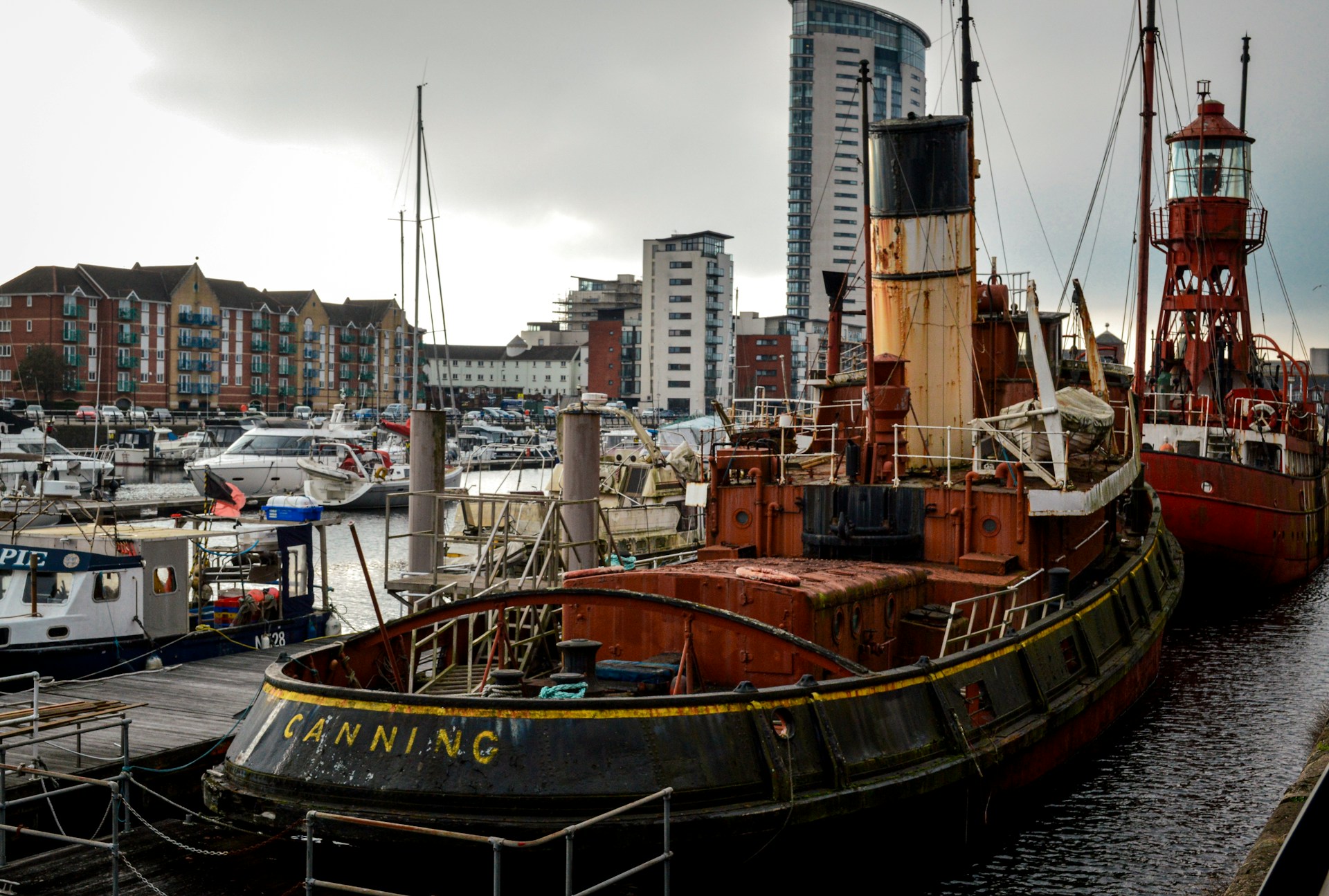
Different types of tugboats
Within different tugboat designs, tugs can come in various types, each designed for specific tasks and environments. This is a breakdown of the main types of tugboats and their roles and features:
Harbor Tugs (Ship-Assist Tugs)
Role: Primarily used to assist ships in harbors, docks, and canals.
Features: Strong maneuverability, often equipped with azimuth thrusters or Voith-Schneider propellers for precise movements.
Ocean Tugs (Deep-Sea Tugs)
Role: Designed for towing ships and barges over long distances across the open ocean.
Features: Powerful engines, large fuel capacity, and robust design to withstand rough seas.
River Tugs (Inland Tugs)
Role: Operate on rivers and inland waterways, often pushing or pulling barges.
Features: Flat-bottomed for shallow drafts, designed for calm waters.
Escort Tugs:
Role: Provide escort services for large ships, especially tankers and LNG carriers, to ensure safe passage through hazardous areas.
Features: High maneuverability and power to perform emergency maneuvers and control the ship’s speed and direction.
Salvage Tugs
Role: Specialize in salvage operations, including towing distressed vessels and conducting rescue missions.
Features: Equipped with firefighting systems, diving support, and heavy-duty winches.
Anchor Handling Tugs (AHT)
Role: Used in offshore oil and gas operations to handle anchors and tow rigs or platforms.
Features: Powerful winches, large deck space, and specialized equipment for anchor handling.
Icebreaking Tugs
Role: Like regular icebreaker ships, these operate in icy waters to break ice and clear paths for other vessels.
Features: Reinforced hulls, ice-breaking bows, and robust engines to navigate and break through ice.
Fire-Fighting Tugs
Role: Equipped with firefighting equipment to combat fires on ships or waterfront structures, these tugs are very similar to actual fireboats.
Features: High-capacity water pumps, foam systems, and fire monitors.
Each type of tugboat is designed to meet specific operational requirements, ensuring they can perform their designated tasks effectively and safely.
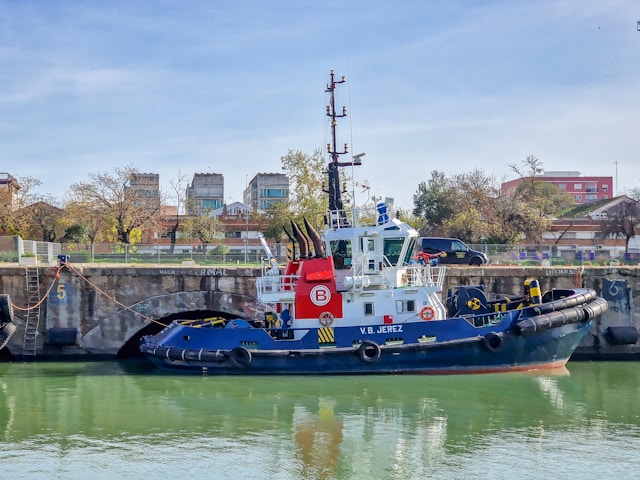
Tugboat versus towboat
The terms "tugboat" and "towboat" are often used interchangeably, but they refer to different types of vessels with distinct functions and designs. Here are the main differences between tugboats and towboats:
The difference between tugboats and towboats
Tugboat function
Primary Role: Tugboats are versatile vessels used for assisting larger ships in docking, undocking, and maneuvering in confined spaces such as harbors, ports, and canals. They also perform towing operations on the open sea.
Operations: Tugboats can both push and pull vessels, and they are often used for escort services, salvage operations, and firefighting.
Towboat function
Primary Role: Towboats, also known as push boats or pushers, are specialized for pushing barges on inland waterways like rivers and canals. They are primarily used in the transportation of goods along these waterways.
Operations: Towboats are specifically designed to push barges ahead of them, rather than towing them from behind.
Tugboat design
Maneuverability: Tugboats are designed for high maneuverability with features such as azimuth thrusters, Voith-Schneider propellers, or Kort nozzles.
Structure: They typically have a powerful engine, a robust hull, and a compact design to operate effectively in tight spaces.
Towboat design
Maneuverability: Towboats are designed for river and canal navigation with a flat-bottomed hull to operate in shallow waters.
Structure: They have a squared-off bow for pushing against the flat sterns of barges. Towboats are usually less powerful than tugboats because they operate in relatively calm inland waters.
Tugboat types
Harbor tugs, ocean tugs, escort tugs, and salvage tugs are some examples of tugboats with specific roles.
Towboat types
Line-haul boats (long-distance transport), switch boats (moving barges within harbors or fleeting areas), and canal boats (operating in canals and narrow waterways) are examples of towboats with specific roles.
Tugboats vs towboats: summary
Tugboats are highly maneuverable, powerful vessels used for assisting larger ships and performing a variety of tasks, including towing and pushing in both open sea and confined waters.
Towboats are designed specifically for pushing barges on inland waterways and have a design suited for operating in shallow, calm waters with a squared-off bow for effective pushing.
What is a tugboat: conclusion
They might be a fraction of the size of the vessels they help navigate, but this little workhorse of the seas has a vital role to play in the maritime industry. After all, without them, many ships wouldn’t be able to enter or leave ports or even berth.
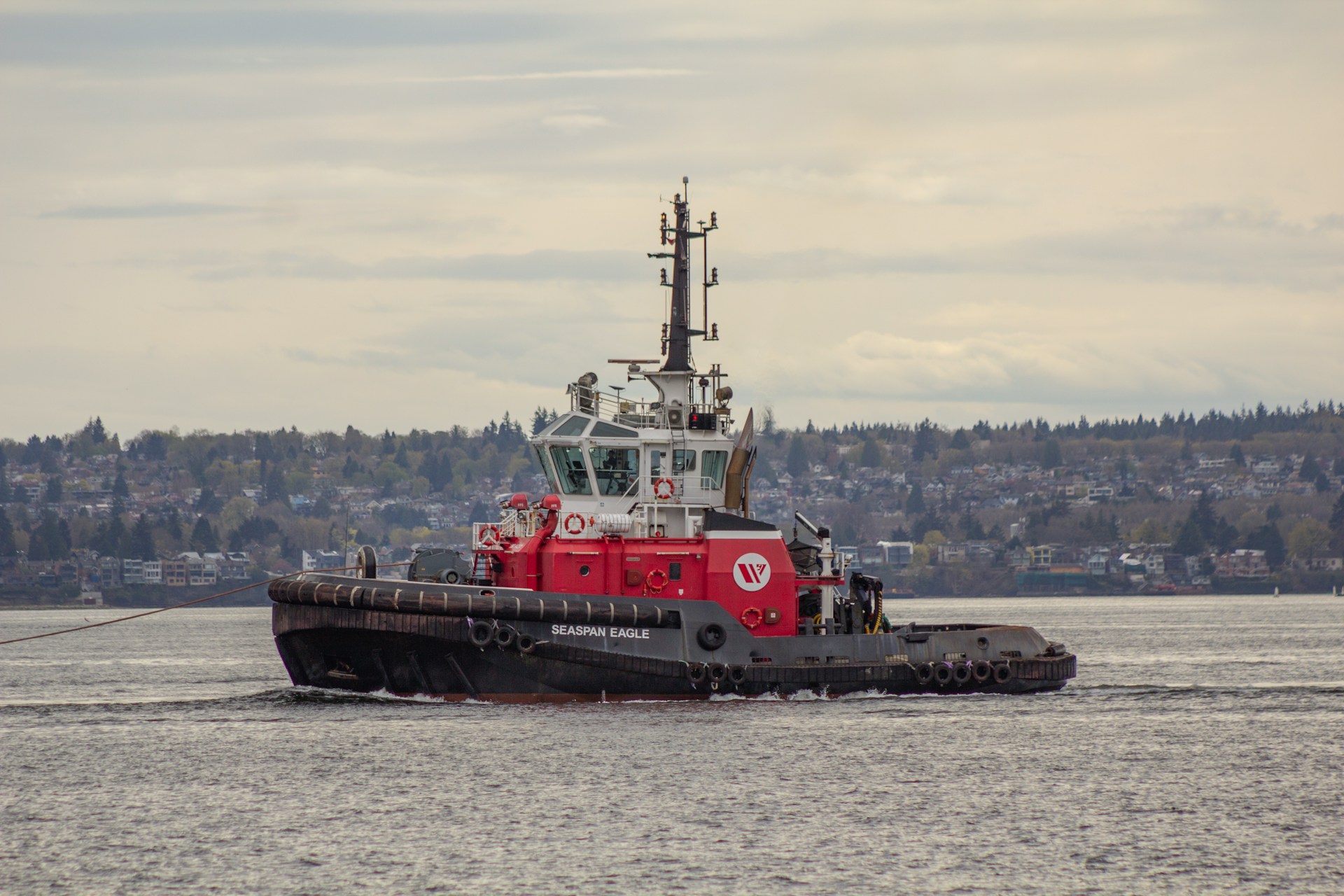
And that would cause a complete breakdown of the global supply chain. The tugboat is very much a part of the commercial shipping fleet and despite its dimensions, it will still have an experienced ship’s Master (captain) and qualified crew onboard.
Want to find out more about commercial vessels?
From the coaster vessels who ply their trade closer to the shore (hence the name) and within the confines of a smaller area to cable laying ships that keep the world connected and supplied with power to that other small, but essential, watercraft, the pilot boat, we have plenty more for you to explore.
And don’t forget, if you know all about different types of vessels already but are looking for work on a tugboat, or any other kind of commercial ship, Martide is the seafarer job site you can rely on to help you find your next job at sea.
Create your free account and complete your seafarer profile today then take a look through our seafarer job vacancies and apply for any that you are qualified for and interested in.
We hope to see you onboard soon!
Read the previous article in this series: Everything You Need to Know About LNG and LPG Tankers
This blog post was originally published on November 21st 2023 and updated on September 12th 2024

Eve Church
Eve is Martide's content writer, publishing regular posts on everything from our maritime recruitment and crew planning software to life at sea. Eve has been writing professionally for more than two decades, crafting everything from SEO-focused blog posts and website landing pages to magazine articles and corporate whitepapers.
UK

is the only site for maritime jobs
